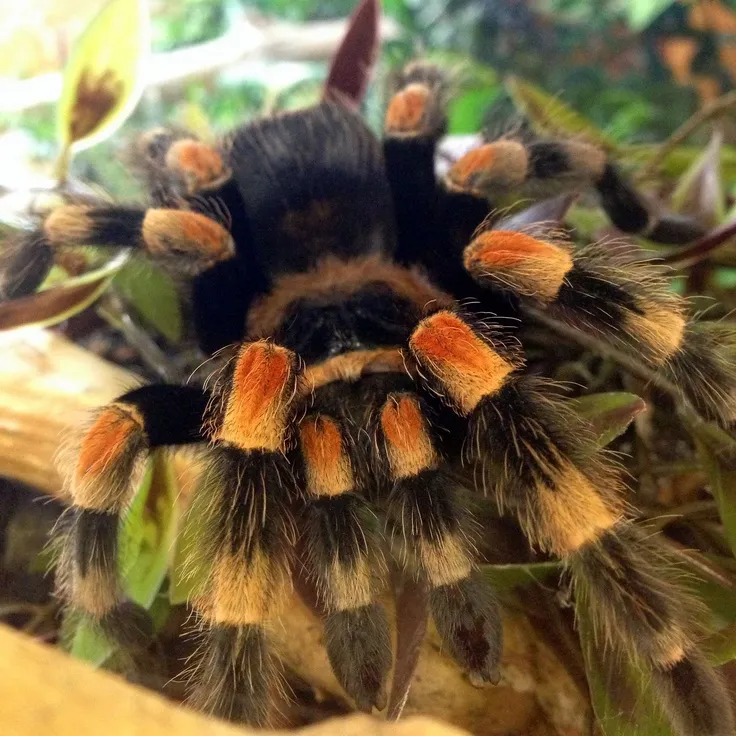Mexican Red Knee Tarantula Enclosure Size: Introduction
The Mexican Red Knee Tarantula (Brachypelma hamorii) is a captivating species, prized for its striking coloration and relatively docile nature. However, providing the correct enclosure size is paramount to their well-being. A properly sized enclosure not only enhances their comfort but also supports their natural behaviors, facilitates proper molting, and ultimately, contributes to their longevity. This guide will provide comprehensive information on determining the optimal enclosure size for your Mexican Red Knee Tarantula, ensuring a thriving and enriching environment for your eight-legged friend. Understanding the requirements for your tarantula is the first step in being a responsible keeper. The enclosure is not just a place to live; it is their entire world.
Optimal Enclosure Dimensions for Mexican Red Knee Tarantulas
Determining the ideal enclosure dimensions is crucial for the health and happiness of your Mexican Red Knee Tarantula. The size of the enclosure should be proportional to the tarantula’s size and growth stage. Providing an enclosure that’s too small can restrict movement, while one that’s too large can make it difficult for the tarantula to find food and feel secure. We will divide our discussion into sizes based on the tarantula’s stage of life, starting with spiderlings and ending with adult tarantulas. Remember that these are guidelines, and individual tarantulas may have slightly different needs or preferences. Always observe your tarantula’s behavior and make adjustments as needed. A well-sized enclosure promotes a higher quality of life, allowing them to exhibit natural behaviors and thrive in captivity.
Spiderling Enclosure Size (0-1 inch leg span)
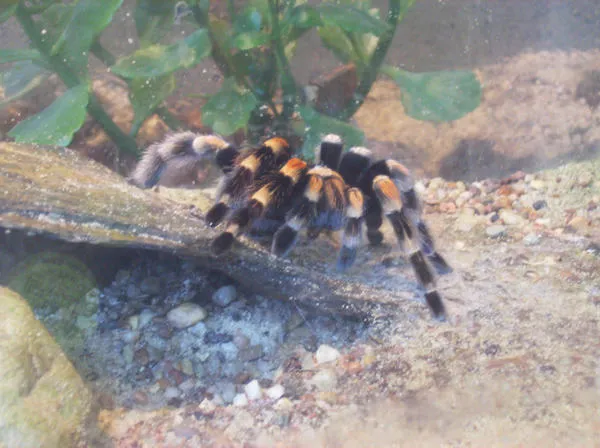
For spiderlings, which are the youngest stage of the Mexican Red Knee Tarantula, a smaller enclosure is best. This provides security and makes it easier for them to find food. A good starting point is a small deli cup or a plastic container that measures approximately 3-4 inches in length, width, and height. Ensure the container has adequate ventilation. Add a small layer of substrate, such as coco fiber or vermiculite, and a small hiding place like a piece of cork bark or a small plastic plant. The key is to create a secure and easily navigable environment for the tiny spiderling. Overly large enclosures can stress them and make it difficult to locate prey. Providing the proper environment from the start is critical for the healthy development of your tarantula.
Juvenile Enclosure Size (1-3 inch leg span)
As your tarantula grows, it will need a larger enclosure. For juvenile Mexican Red Knee Tarantulas, an enclosure measuring approximately 8-10 inches in length, width, and height is generally appropriate. This size allows for more movement and the addition of more elaborate decorations. You can now add more substrate, such as a thicker layer of coco fiber or a mix of substrate materials, to help retain humidity and allow for burrowing. Include a larger hide, such as a half-log or a more substantial piece of cork bark. Maintain consistent temperature and humidity levels appropriate for the species. Ensure that the enclosure is escape-proof, with a secure lid. As with any enclosure, you must consider the safety of the tarantula.
Adult Enclosure Size (3+ inch leg span)
Adult Mexican Red Knee Tarantulas require the largest enclosures. A good size is typically 12x12x12 inches or larger, depending on the size of the individual tarantula. Some keepers use enclosures that are even bigger, but the minimum size should still allow for the tarantula to move around comfortably. The enclosure should be tall enough to provide ample substrate for burrowing and include a sturdy hide, such as a large piece of cork bark or a similar structure. Ensure plenty of ventilation to prevent the buildup of moisture. A water dish should always be available. Adult tarantulas need space to exhibit natural behaviors. Remember that the size of the enclosure can affect the tarantula’s overall well-being. The goal is to create a comfortable and safe environment.
Factors Influencing Enclosure Size
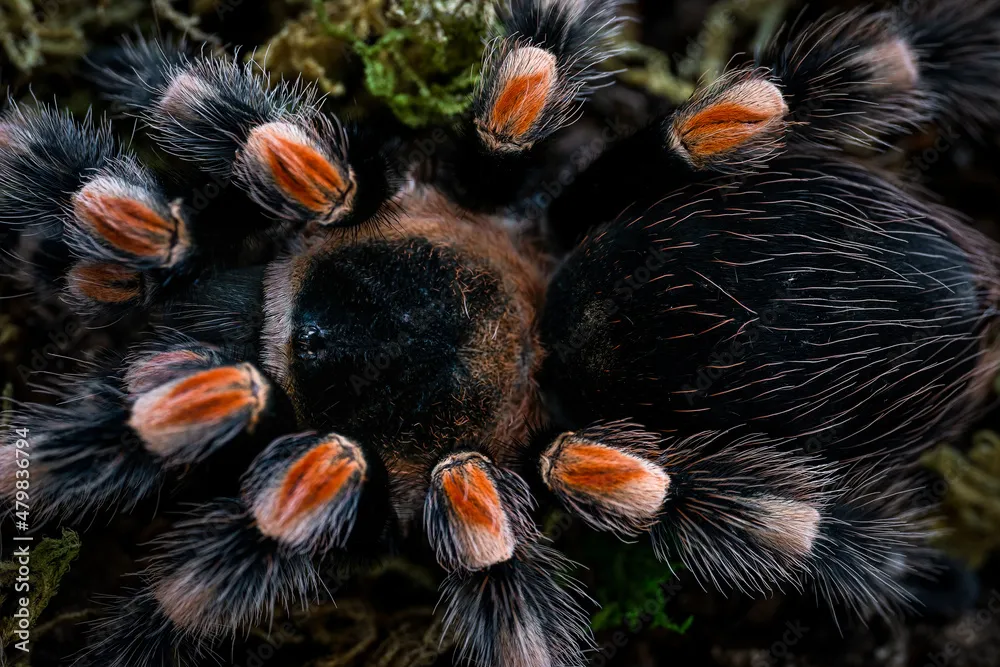
Several factors beyond the tarantula’s size influence the ideal enclosure dimensions. These factors need to be considered when planning the enclosure. These include the tarantula’s size, activity level, and the type of substrate and decorations used. Taking these details into consideration will ensure the comfort and well-being of your tarantula. These factors work together to determine the ideal setup for your spider. Providing the correct environment will allow your tarantula to flourish.
Tarantula’s Size
The most obvious factor is the tarantula’s size. As the tarantula grows, it needs more space. The enclosure should be at least twice as wide as the tarantula’s leg span. This provides enough space for the tarantula to move around, hunt, and molt. The height should also be sufficient to allow for burrowing and the placement of hides. The enclosure’s size is in direct relation to its leg span. A good rule of thumb is that an adult tarantula needs a space about 2-3 times its leg span. This allows for natural behaviors and provides a comfortable living space.
Tarantula’s Activity Level
While Mexican Red Knee Tarantulas are generally considered terrestrial and not highly active, their activity level can influence the need for space. Some individuals are more active than others. A tarantula that is more active will benefit from a slightly larger enclosure to allow for more movement. Providing enrichment, such as varied substrate or additional hides, can also keep an active tarantula stimulated. Always consider the specific behavior of your tarantula when selecting an enclosure. Monitoring activity levels will help you determine if adjustments are needed. Always strive to accommodate the individual needs of your pet.
Substrate and Decor
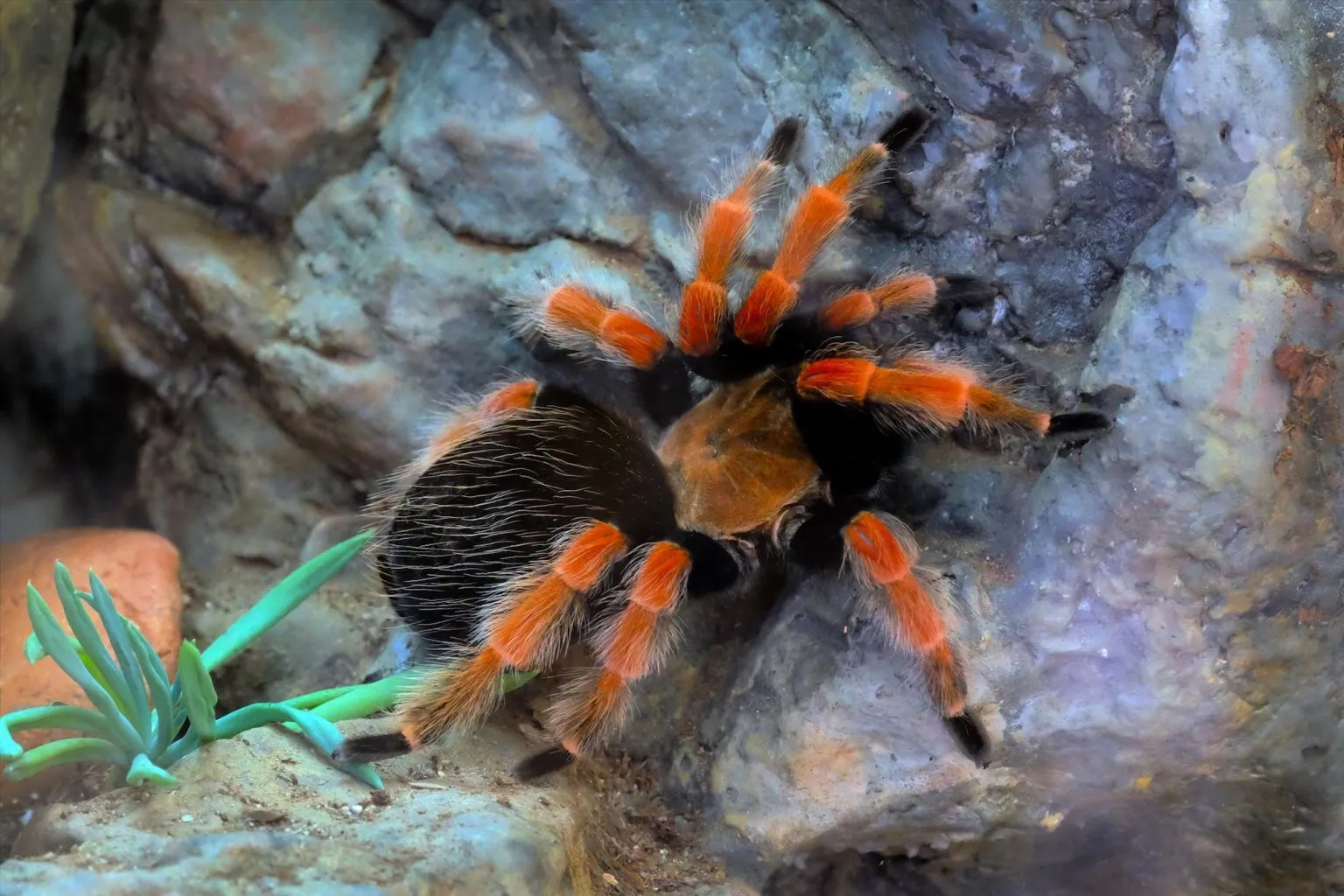
The type and amount of substrate and decor also play a role in determining the enclosure size. A deeper layer of substrate allows the tarantula to burrow, which is a natural behavior. Cork bark, branches, and other decor items can add visual interest and provide hiding places, but they also take up space. When planning the enclosure, consider how much space these elements will occupy and adjust the enclosure size accordingly. The goal is to create a balance between providing ample space for the tarantula and offering a stimulating environment. A well-designed enclosure provides hiding spots and enrichment to keep your tarantula happy and healthy.
Types of Enclosures for Mexican Red Knee Tarantulas
Several types of enclosures are suitable for Mexican Red Knee Tarantulas. The best choice depends on various factors, including cost, durability, ease of maintenance, and aesthetics. You should consider which type of enclosure best suits your needs and the needs of your tarantula. Make sure to pick an enclosure that is easy to maintain. There are different options, and here is an overview of the most popular ones. Make sure the enclosure you select has good ventilation and a secure lid.
Glass Terrariums
Glass terrariums are a popular choice for tarantula enclosures. They offer excellent visibility, allowing you to easily observe your tarantula. They are also relatively easy to clean and maintain. However, glass terrariums can be heavy, and the hinged lids may not always provide the best ventilation or security. Ensure that the lid is secure to prevent escapes. Glass enclosures come in various sizes, allowing you to choose the perfect size for your tarantula. Make sure the enclosure has a good seal. Look for features like front-opening doors and secure ventilation systems. Glass terrariums can be an aesthetically pleasing option, allowing you to create a beautiful display.
Acrylic Enclosures
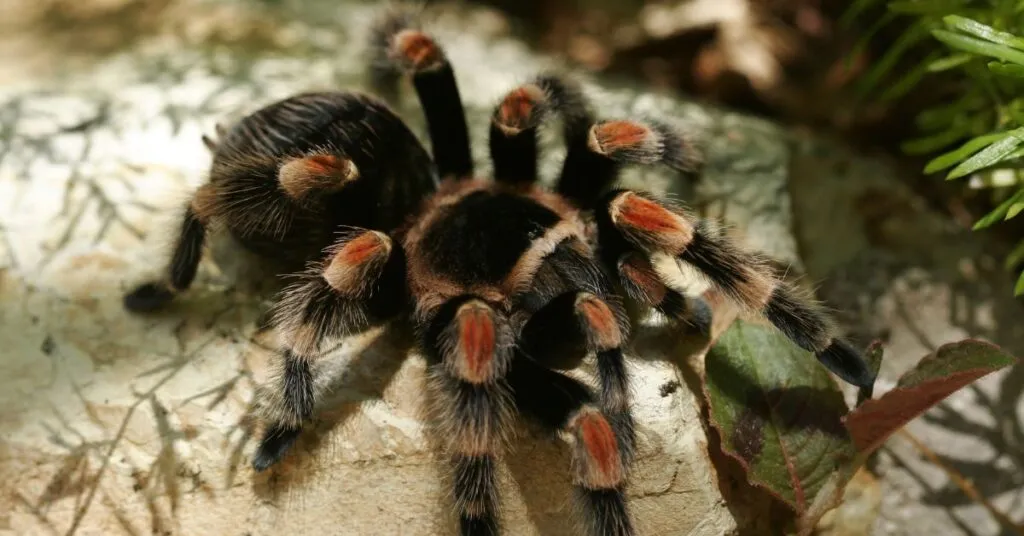
Acrylic enclosures offer several advantages over glass. They are lighter, more durable, and often provide better insulation. Acrylic is also clearer than glass, offering excellent visibility. However, acrylic can scratch more easily. Acrylic enclosures often come with features like sliding doors and built-in ventilation. They are a good option if you are looking for a lightweight enclosure. Consider the long-term durability and ease of cleaning when making your choice. They also provide excellent views of your tarantula, which is important for keepers.
Plastic Containers
Plastic containers, such as clear storage bins, can be a cost-effective option for tarantula enclosures, especially for spiderlings and juveniles. They are lightweight, readily available, and easy to modify. You can drill ventilation holes and customize them to meet your tarantula’s needs. Ensure the plastic is food-grade and the lid is secure. While they may not be as aesthetically pleasing as glass or acrylic enclosures, they offer a practical and affordable solution. Make sure the container is large enough to accommodate your tarantula and its future needs. Plastic containers are a good choice if you are on a budget and want a practical enclosure.
Essential Enclosure Features
Regardless of the enclosure type, certain features are essential for the well-being of your Mexican Red Knee Tarantula. These features contribute to a healthy and safe environment. These include proper ventilation, suitable temperature and humidity levels, and the provision of hiding spots. These features can improve the quality of life for your tarantula. These features are the building blocks for a good enclosure. Make sure your enclosure has these important features.
Ventilation
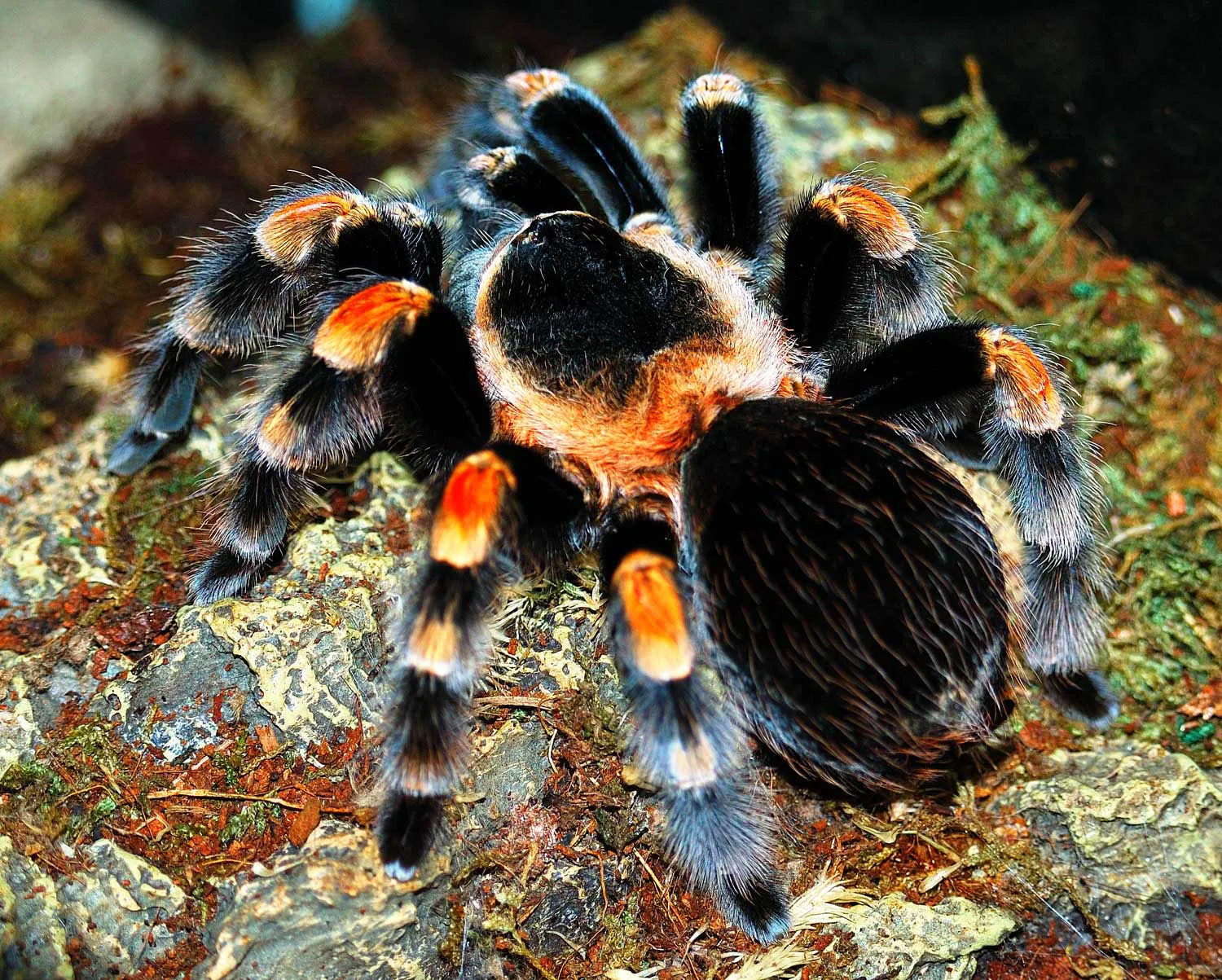
Proper ventilation is crucial to prevent the buildup of excess humidity, which can lead to mold and bacterial growth. Ventilation also helps to maintain a healthy air exchange. Ensure that the enclosure has adequate ventilation holes, preferably located on the sides or top. Avoid placing ventilation holes directly above the substrate, as this can cause the substrate to dry out too quickly. Ventilation is necessary to help the tarantula breathe properly. The right amount of ventilation helps to prevent illnesses. When choosing an enclosure, consider the ventilation system. Good ventilation promotes air circulation and helps maintain humidity levels.
Temperature and Humidity
Mexican Red Knee Tarantulas thrive in specific temperature and humidity ranges. Maintain a temperature between 75-85°F (24-29°C) and a humidity level of 60-70%. Monitor the temperature and humidity using a reliable thermometer and hygrometer. Adjust the ventilation and misting frequency to maintain the desired levels. Provide a water dish with fresh water. Incorrect temperature and humidity can be detrimental to the tarantula’s health. By consistently monitoring and adjusting the environment, you can create an ideal habitat for your tarantula. The right temperature and humidity will encourage the tarantula to thrive. Consider the right equipment to measure and control the temperature and humidity.
Hiding Spots
Providing hiding spots is essential for the well-being of your tarantula. Tarantulas are naturally shy and need a place to retreat and feel secure. Offer a hide, such as a piece of cork bark, a half-log, or a commercially available tarantula hide. Ensure the hide is the appropriate size for the tarantula. The hide should be large enough for the tarantula to feel secure. Place the hide in a location away from direct light. Hides provide security. Provide your tarantula with a space to relax and feel safe. A hiding spot helps the tarantula feel safe and allows it to regulate its environment. The right hiding spot is essential to the tarantula’s wellbeing. Hides contribute to their overall well-being.
Substrate
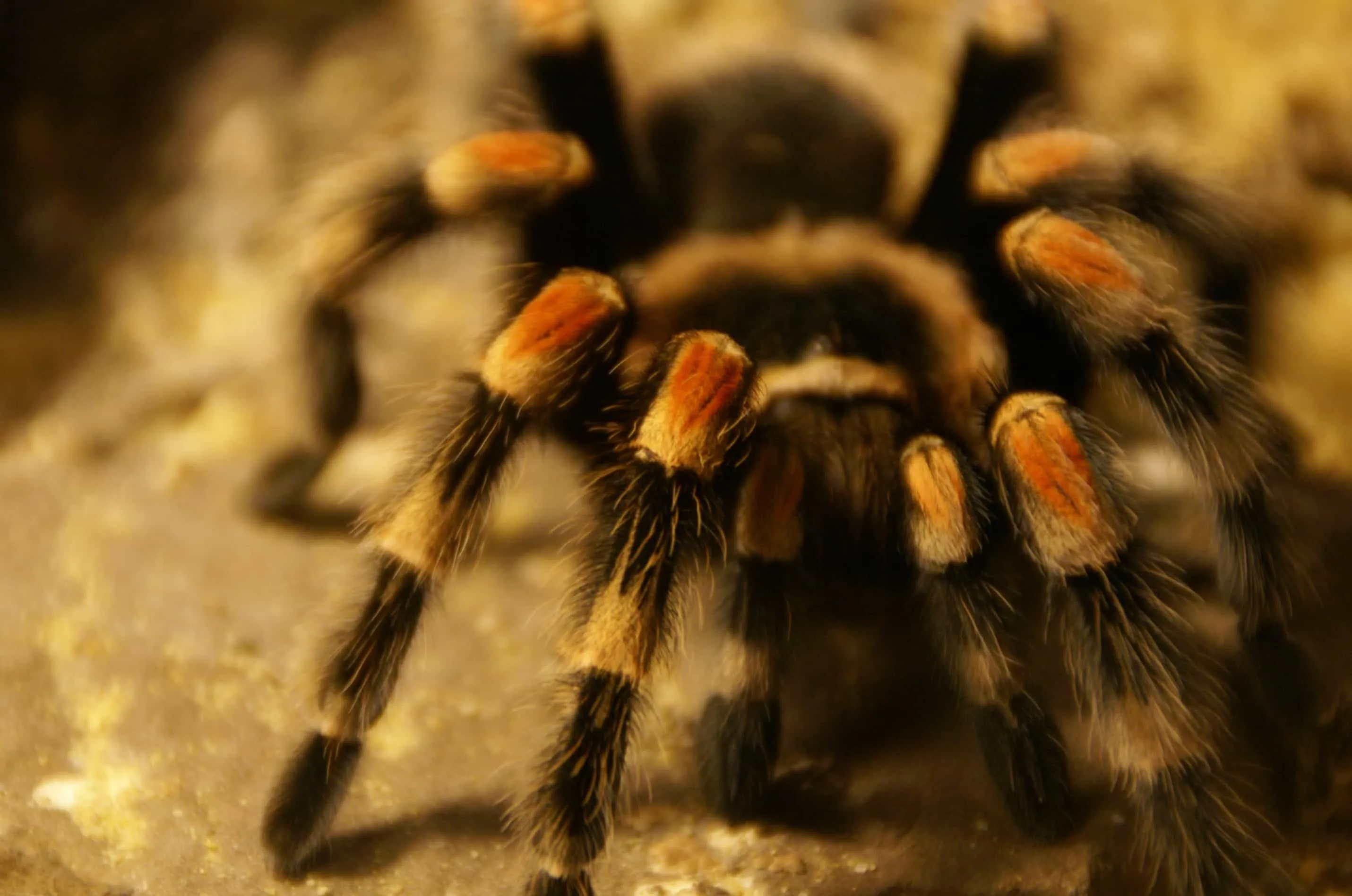
The substrate serves multiple purposes, including providing a medium for burrowing, maintaining humidity, and absorbing waste. The best substrate for Mexican Red Knee Tarantulas is a mix of coco fiber, peat moss, and a small amount of vermiculite. The depth of the substrate should be at least 2-4 inches, allowing the tarantula to burrow if it chooses. Ensure the substrate is kept slightly moist but not soggy. Regularly check the substrate for cleanliness and replace it as needed. The substrate contributes to the overall wellbeing of your tarantula. The right substrate provides a comfortable and healthy environment. Provide the right substrate and give your tarantula a place to thrive.
Maintaining Your Tarantula’s Enclosure
Maintaining your tarantula’s enclosure involves regular cleaning, monitoring of conditions, and making any necessary adjustments. Routine maintenance will ensure your tarantula’s health and happiness. Follow a consistent maintenance schedule to ensure the well-being of your pet. You should aim to create a stable and healthy environment. The goal is to provide an enriching environment for your tarantula. Consistent upkeep will ensure the enclosure’s suitability for your tarantula. These practices will keep your tarantula healthy. Regular maintenance will contribute to the tarantula’s longevity. These simple steps will contribute to the well-being of your pet.
Cleaning and Maintenance
Clean the enclosure regularly to remove any uneaten food, molted skins, and waste. Spot clean the substrate as needed, removing any visible waste. Replace the substrate entirely every 6-12 months, depending on the size of the enclosure and the amount of waste produced. Clean the water dish and replace the water daily. Inspect the enclosure for any signs of mold or pests. You can make cleaning easier by using a good substrate and regularly spot-cleaning. Be sure to remove any waste that has built up. Always provide fresh water to prevent dehydration. Regular cleaning is an important part of tarantula care. Clean the enclosure to prevent diseases and provide a healthy living space. Always follow a regular cleaning schedule.
Monitoring Conditions
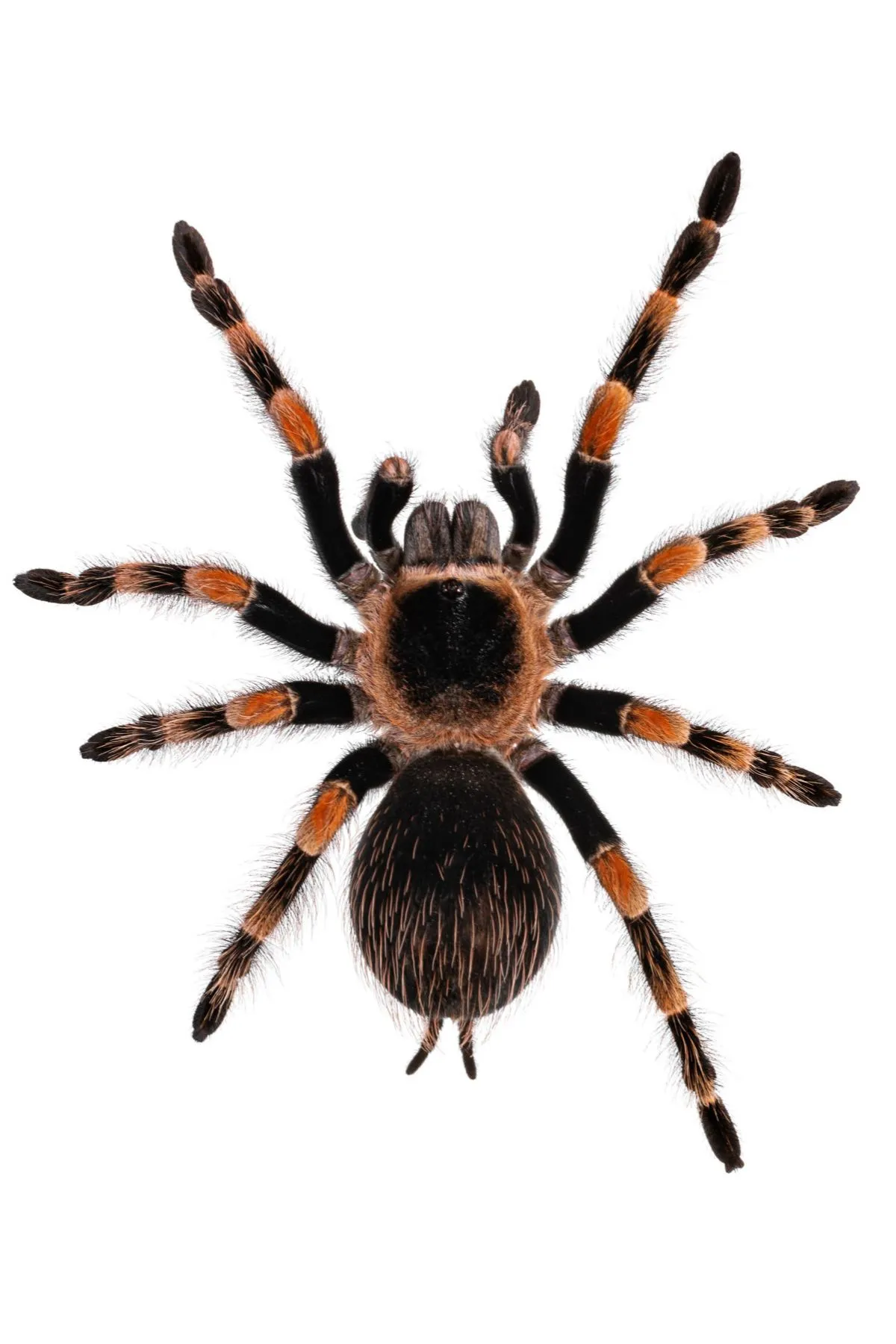
Monitor the temperature and humidity levels daily using a reliable thermometer and hygrometer. Make adjustments to the ventilation and misting frequency as needed to maintain the ideal conditions. Observe the tarantula’s behavior for any signs of stress or illness. Changes in behavior, such as loss of appetite or inactivity, may indicate that the enclosure conditions are not optimal. Monitor your tarantula regularly. Make sure your tarantula has enough space to move around. Consistent monitoring is necessary to detect and address any potential problems promptly. Provide a healthy and stable environment. Monitor your tarantula’s health to ensure its wellbeing. This consistent monitoring will ensure your tarantula lives a long and healthy life. Consider checking your tarantula daily for any health issues or changes in behavior.
Mexican Red Knee Tarantula Enclosure Size: Conclusion
Providing the correct enclosure size is one of the most important aspects of caring for a Mexican Red Knee Tarantula. By understanding the specific requirements for different growth stages and considering the factors that influence enclosure size, you can create a thriving habitat for your tarantula. Remember to prioritize the tarantula’s well-being by providing adequate space, proper ventilation, appropriate temperature and humidity, and a safe, secure environment. With proper care, your Mexican Red Knee Tarantula can live for many years, offering you a unique and rewarding pet-keeping experience. By following these guidelines, you can create an environment where your tarantula can thrive. Always remember that each tarantula is unique. Proper care will allow your tarantula to live a long and healthy life. Creating the right environment requires knowledge and dedication. Providing the proper setup will help your tarantula thrive.
